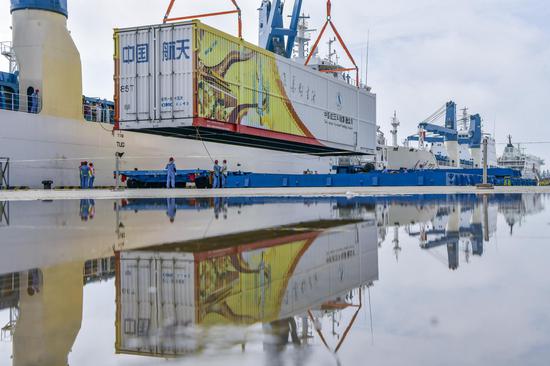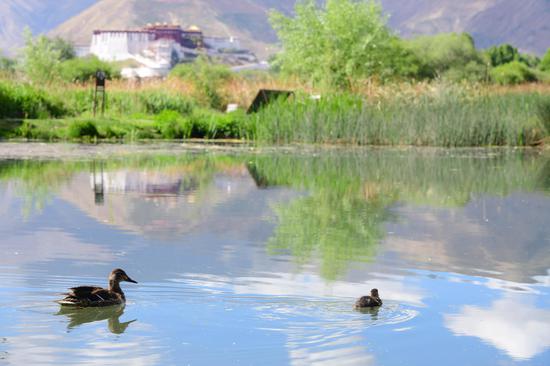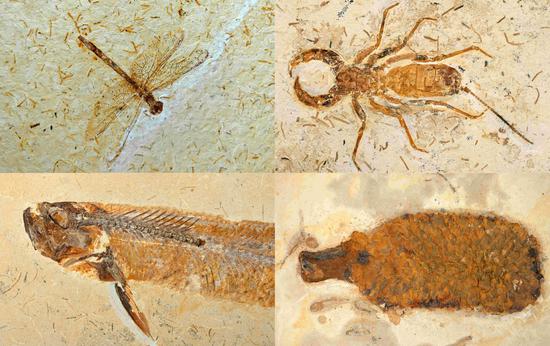The discovery of microplastics on the Qinghai-Tibet Plateau has led to unexpected revelations and shed light on the global transmission of pollutants.
A new study analyzing these tiny particles on the plateau and in other key regions found that microplastics pose a threat even to remote cryospheric (frozen) regions, according to the Northwest Institute of Eco-Environment and Resources, which is part of the Chinese Academy of Sciences.
"A copious amount of microplastics found on glaciers in the Qinghai-Tibet Plateau indicate they are transported over long distances from surrounding areas subject to heavy human emissions of pollutants," said Zhang Yulan, a researcher at NIEER and author of the study.
"Microplastics recorded in ice cores taken from glaciers in the Qinghai-Tibet Plateau can be used to reconstruct the historical variations in human activity, and they may be a new research topic in the future," Zhang added.
Microplastics have become one of the most pressing global environmental issues. The new study enhances understanding of their effects and means of arrival in cryospheric regions, and it also helps estimate their potential impact on the environment.
Microplastics usually refer to plastic fibers, film, fragments and micro-sized pieces less than 5 millimeters in size. They are widely found in water, soil, sediment, the atmosphere and even snow and ice, and their potential impact on the climate and environment is significant. Typical cryospheric regions, like the Arctic, Antarctic and the Qinghai-Tibet Plateau, are far removed from intensive human activity.
"The Qinghai-Tibet Plateau and other major cryospheric regions are considered the ideal laboratory for investigating the source, transmission and impact of pollutants," Zhang said.
The researchers from NIEER have conducted a series of studies on the issue in tandem with researchers at domestic and international institutions.
Their findings have been published in the Earth-Science Review, Science of The Total Environment and Environmental Pollution journals.
The researchers found microplastics widely distributed in snow and ice, river water and surface soil in these remote regions, their presence due in large part to long-range atmospheric transport.
They also found that microplastic concentrations in snow and ice differed from one to four orders of magnitudes, depending on sampling and measurement methods.
"Systematic sampling and measurement methods would help establish the microplastics data set in snow, ice, soil and other environmental matrices. It is also of importance in promoting the comprehensive investigation of microplastic pollution globally," Zhang said.


















































 京公网安备 11010202009201号
京公网安备 11010202009201号